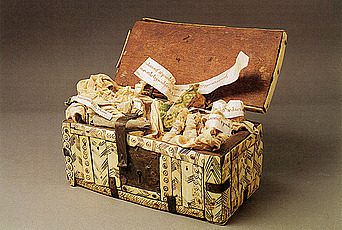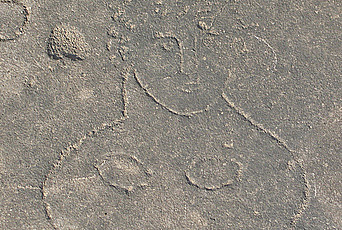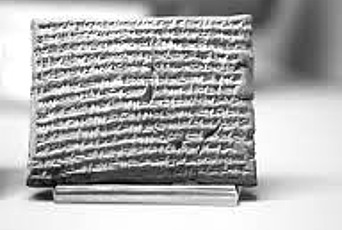Christianity in Miniature: A Look Inside Medieval Reliquaries

Reliquaries were designed as receptacles for tiny bundles of sacred stuff such as handfuls of dust, pebbles from Biblical sites in the Holy Land, tiny fragments of the hair, clothing, and even bone of those deemed to be saints and martyrs by the Christian church. Wrapped in cloth and carefully labeled, these paltry, nondescript objects were transformed into things of eye-catching beauty and great prestige by the containers crafted to house them—reliquaries. But, prior to about 1200 C.E., reliquaries did not make their contents visible to the viewer: instead, they were designed to conceal them. The specifics of the content were nevertheless important to medieval Christians, and hence their care to label and inventory their contents in minute detail.
Several medieval reliquaries, upon scientific investigation, have been shown to retain their original contents to this day. These collections of relics can be mapped to reveal the social and geographical networks of contacts that contributed to their formation. These anchored a church in its locality and region, but might also extend across much or all of Christendom. In this way, the items inside a reliquary represented the key events and notable places of the Christian story from the perspective of the particular patron who commissioned the craftsman to produce these stupendous works of art. The contents are as fascinating as the container; when we look inside a reliquary, we see “Christianity in miniature.”
Over many generations, pilgrims and crusaders brought home mementoes of Biblical events and places that were very distant in time and space, such as a twig from Moses’s burning bush, a stone from the river Jordan, a sliver of wood from Christ’s crib in Bethlehem, or a handful of soil from the Mount of Olives. These are found in association with objects that symbolize the role of the city of Rome as the “head and source” of Christianity in the medieval West, above all remains of the many martyrs from the city’s catacombs. In addition, more local relics can refer to the patron saint of a church’s diocese, links to prestigious regional holy places, or even very obscure, local shrines.
The contents of reliquaries reveal the social channels through which these tiny, portable objects moved. In addition to pilgrimage and crusading, there are numerous examples of relics being offered as gifts to seal diplomatic negotiations between kings, handed down over the generations within families, or taken by a bride to her new home. Frequently, pious individuals donated some or all of their personal or familial collection of relics to a church as part and parcel of a bequest of land and goods in return for prayers. And here we encounter the reciprocity that helps explain so many of the social practices of medieval Christianity––an exchange of benefits between individuals and ecclesiastical institutions. In return for its prayer specialists exerting themselves in intercessory prayer on behalf of the fate of the souls of Christians in the afterlife, the Church accumulated material riches and political influence. Over the centuries, then, gifts of relics flowed into ecclesiastical treasuries, keeping benefactors in close touch with the institution that benefited, and bringing spiritual benefits and prestige to both parties in the transaction.
My work on relics in Christian tradition, which began two years ago while I was a Member at the Institute, is not driven by any predisposition to “believe” in them. Relics intrigue me for two reasons. They don’t fit into my secular, rational worldview, and I have to struggle to understand them. They also challenge me to develop new insights into how the men and women of Europe’s Christian Middle Ages lived their lives, why they did what they did, and what their own worldview was.


